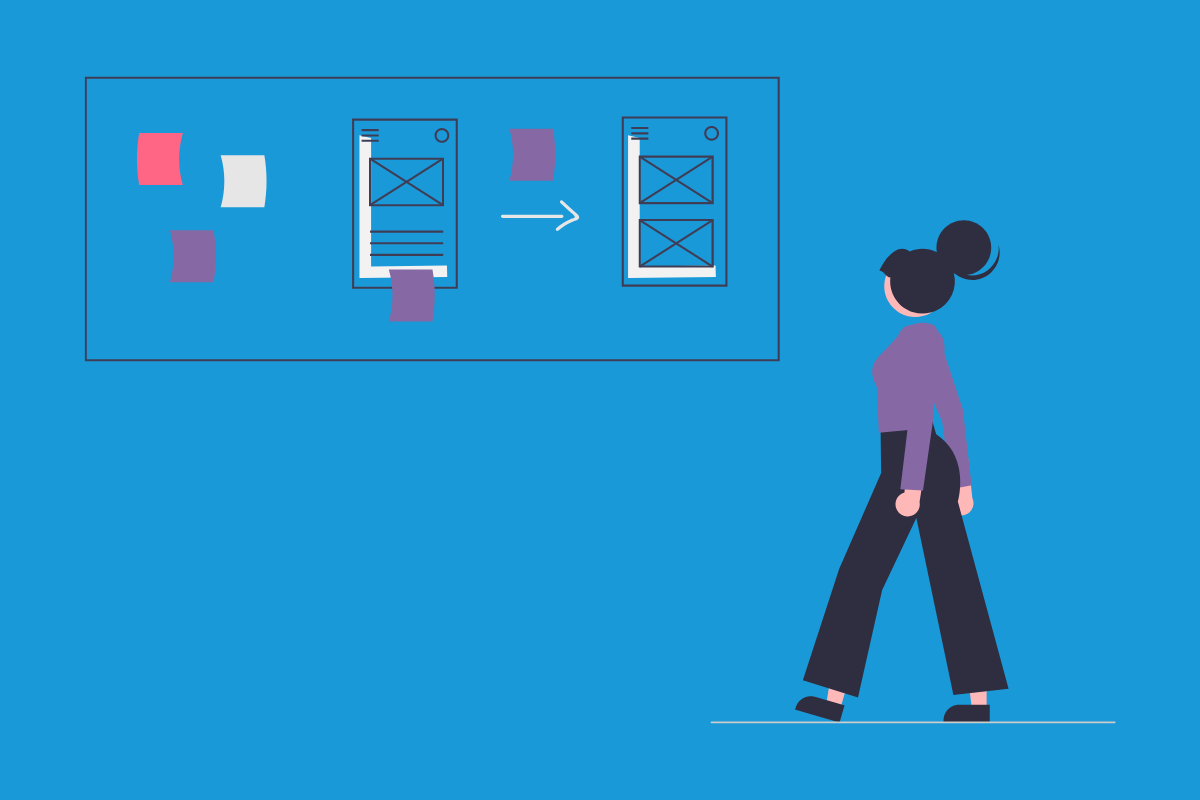When looking for a new system a decision to be made early on is whether to go for an off-the-shelf solution or custom software development.
When deciding the source of your solution, you will likely have three main considerations:
- Requirements
- Budget
- Timescale
In this blog we will discuss the options of off-the-shelf software and custom software development using these three considerations.
Off-the-Shelf
Requirements: Generic
Budget: Generally lower price short term
Timescale: Quick (depending on ease of setup/integration)
The advantage of an off-the-shelf solution is that it is ready to go. While some set-up/integration time may be required, it is quick in comparison to a custom solution. The price is generally a monthly or yearly subscription, potentially per user, which is less money up front, but adds up over time.
Also, you are free to stop using the system when you want. This offers greater flexibility and the ability to change to another solution which better meets your requirements. While you can choose to stop using the system, this can pose issues with extracting your data in a useful format and the change to a new system can be complex to set up.
The biggest issue with an off-the-shelf solution is that it is generic. It has been created to address the needs of as many companies as possible in a cost-efficient manner for the supplier. This means that the solution is not designed around your particular requirements. The solution may meet enough of your requirements for it to be a worthwhile choice, but keep in mind what functionalities you are missing out on.
Custom Software Development
Requirements: Built to fulfil requirements
Budget: Generally lower price long term
Timescale: Slower due to time to build
Due to the nature of custom software development being a system built specifically for the client, there is a delay in undertaking the project and project completion. Your system is not ready to go, but the system you receive will better meet all your requirements.
The system will be built following a Discovery Phase where the software development company will work with you to define all your requirements and design a system which is right for you. For example, you can choose what reporting features you require. This saves you from data overload, where you have piles of information you don’t need which distract from the important information.
Typically the upfront price for this system will be higher. For example, your system may cost £20,000 to build, whereas a comparable off-the-shelf system may be a £300 a month subscription. However, this comes to about even after 5.5 years (supposing the off-the-shelf subscription doesn’t rise each year). A custom system is an investment, but the system is yours. And once those 5.5 years have passed you are not continuing to pay out for a subscription.
Another significant benefit of custom software development is ongoing control. You can choose to undertake changes to your system to meet growing and changing needs. With an off-the-shelf solution you lack this control. There may be a feature you rely upon but is not commercially successful for the off-the-shelf provider, so they stop supporting it to save on cost. This won’t happen with your own custom system.
Conclusion
Once you have a strong understanding of your requirements, decided your budget and identified the required timescale you will be in a good position to determine the correct course of action. If you are looking for software which meets your unique requirements and built to your specifications, then custom software development is the way to go.
If you have a custom software development project in mind, then contact us to discuss how we can help.







